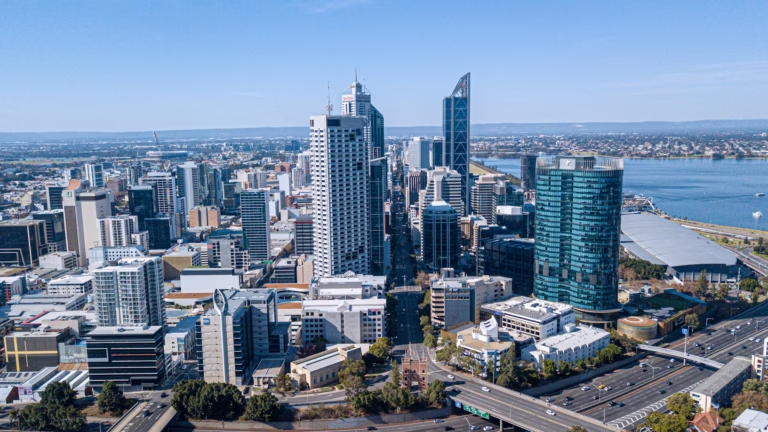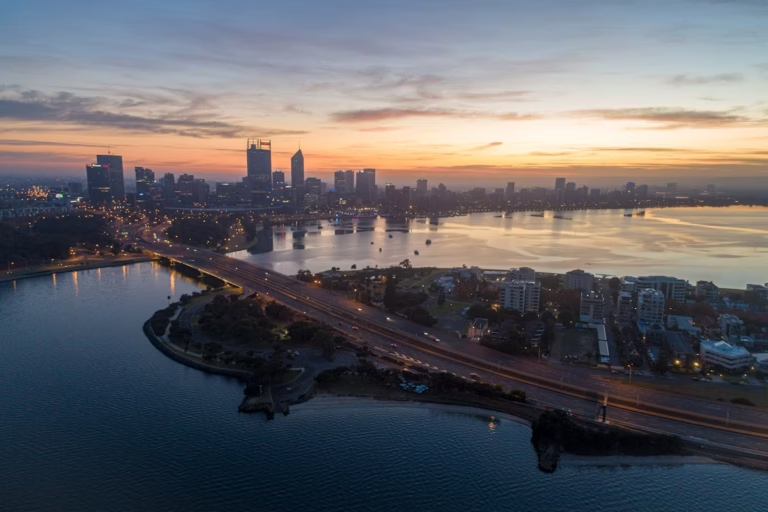Security is no longer a secondary concern—it’s a core operational requirement. As risks evolve, from unauthorised access to targeted theft and workplace violence, businesses and government agencies must take a strategic approach to physical protection. This is where a physical security specialist becomes invaluable.
A physical security specialist is responsible for assessing, planning, and implementing security measures that protect people, property, infrastructure, and operations. They bring technical expertise, risk awareness, and regulatory understanding to develop robust, cost-effective solutions tailored to each organisation’s needs.
At Smartsec Security Solutions, we provide physical security specialist consulting services to help businesses build a resilient and compliant security posture, whether it’s for a single site or a large multi-location operation.
What Does a Physical Security Specialist Do?
The role of a physical security specialist is to design, assess, and optimise security measures that prevent physical threats from disrupting business operations. Their responsibilities typically include:
- Conducting physical security risk assessments and site audits
- Evaluating the effectiveness of existing security infrastructure
- Recommending enhancements to surveillance, access control, and perimeter protection
- Developing standard operating procedures (SOPs) and emergency response plans
- Advising on security compliance with relevant Australian Standards and WHS legislation
- Overseeing security technology integration, such as AI-enabled CCTV and intrusion detection
- Liaising with stakeholders, facilities managers, and law enforcement where necessary
The goal is to ensure that all aspects of physical security are covered, practical, and aligned with the organisation’s risk profile.
Key Areas Covered by a Physical Security Specialist
Risk Assessments and Vulnerability Analysis
The first step is understanding what threats exist and how vulnerable the organisation is to those threats. This process involves reviewing site layouts, business activities, and security history to identify weaknesses in:
- Perimeter defences
- Entry and exit controls
- Surveillance coverage
- Lighting and visibility
- Security personnel procedures
- Emergency access and evacuation
A comprehensive risk assessment allows targeted and informed decision-making, ensuring that resources are allocated where they’ll have the greatest impact.
Access Control and Entry Management
Controlling who can enter and move through a facility is essential. A physical security specialist evaluates:
- Access points and how they’re monitored or secured
- Electronic access control systems such as key cards or biometrics
- Visitor and contractor access protocols
- Integration with time and attendance or identity management systems
- Lockdown capability in emergency situations
Effective access control not only improves security but also supports health and safety compliance.
CCTV and Surveillance System Design
Surveillance plays a critical role in deterrence, detection, and post-incident investigation. A physical security specialist ensures:
- Camera placement is optimised to eliminate blind spots
- Resolution and lighting are suitable for identifying people and activity
- Footage is stored securely and in compliance with privacy regulations
- AI and video analytics are used to improve real-time threat detection
- Surveillance systems are integrated with alarms and access control
Modern surveillance design goes beyond recording—it provides real-time insights that support better decision-making.
Perimeter Security and Intrusion Detection
The perimeter is the first point of contact between a facility and potential external threats. A specialist assesses:
- Fencing, barriers, and gate integrity
- Motion-activated lighting and surveillance
- Ground sensors, alarms, and intrusion detection systems
- Signage and natural surveillance opportunities
- Site layout considerations that affect visibility and access
Layered perimeter protection ensures that threats are detected early and access is controlled from the outset.
Emergency Planning and Incident Response
Preparedness is vital. A physical security specialist helps organisations plan for a range of events, including:
- Lockdowns due to intruders or violent incidents
- Fire evacuations and first responder coordination
- Bomb threats or suspicious packages
- Health emergencies affecting occupants
- Natural disasters that disrupt physical infrastructure
Plans are tailored to the site’s unique risks and include communication protocols, roles and responsibilities, drills, and continuous improvement processes.
Security Policy Development and SOPs
Security procedures must be consistent, clear, and enforceable. A specialist can help develop:
- Standard operating procedures (SOPs) for daily security functions
- Access policies, ID badge requirements, and staff protocols
- Visitor management rules and documentation
- Guidelines for reporting security incidents
- Training programs to ensure staff are aware of their roles in maintaining security
Policies must be practical and regularly reviewed to remain effective.
Industries That Rely on Physical Security Specialists
While every organisation benefits from robust security, some industries rely heavily on physical security expertise due to their risk profile or compliance requirements. These include:
- Government and public sector
- Education and universities
- Transport and logistics
- Critical infrastructure (utilities, water, energy)
- Healthcare and aged care facilities
- Retail and shopping centres
- Corporate office environments
Each sector has unique requirements, and a physical security specialist tailors solutions accordingly.
Why Engage a Physical Security Specialist Consultant?
Many organisations have physical security measures in place, but they may be outdated, disjointed, or misaligned with current threats. Engaging a specialist provides:
- Independent, expert advice based on up-to-date best practices
- A cost-effective way to identify and address vulnerabilities
- A clear understanding of compliance gaps and how to address them
- An objective view that balances security with operations
- Confidence that your business is protected by a structured, strategic approach
For organisations undergoing growth, infrastructure changes, or responding to incidents, having a physical security specialist on hand ensures changes are handled with rigour and foresight.
How Smartsec Security Solutions Can Help
At Smartsec Security Solutions, we offer physical security specialist services tailored to your site, sector, and operational needs. Our consulting includes:
- Physical security risk assessments and audits
- Access control and surveillance system reviews
- Integration of AI video analytics and intrusion detection
- SOP and policy development for onsite operations
- Security design advice for new developments or refurbishments
- Compliance guidance aligned with Australian Standards and WHS laws
We bring independent, experience-backed insights that help your organisation stay ahead of physical threats while ensuring operations remain efficient and compliant.
Need a Physical Security Specialist? Let’s Talk
Security isn’t just about reacting to threats—it’s about preparing for them intelligently. Whether you’re securing a new facility, reviewing existing infrastructure, or seeking compliance assurance, engaging a physical security specialist can help you make informed, cost-effective decisions.
Visit Smartsec Security Solutions – Security Consulting Services to learn how we can help protect your people, property, and operations.



